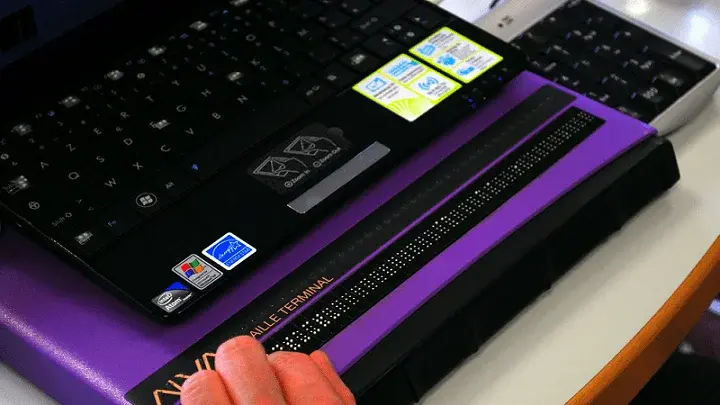As digital accessibility becomes a legal and operational priority, public organizations—especially those in higher education—must ensure that their websites and mobile applications are accessible to everyone, including individuals with disabilities. This is now more urgent than ever: under the Department of Justice's new rule for Title II of the ADA, public education institutions must make their digital platforms accessible.
As someone who has recently navigated higher ed sites as both a student and prospective applicant, I've seen firsthand how homepage design can create barriers for blind users. If your institution is trying to comply with Title II or wants to make digital experiences more inclusive, your homepage is a crucial starting point.
Common Homepage Accessibility Challenges in Higher Ed
Most education websites follow a similar structure. The homepage serves as a hub with long scrolling sections that promote everything from campus events to online applications. But many of these sections are inaccessible to screen reader users, primarily when images, links, and navigation menus aren't coded correctly.
➡️ Get a free accessibility test of your website using AQA
Here are the most common issues I've encountered—each one a potential barrier to students with disabilities and a risk under Title II:
1. Missing or Vague Image Descriptions
Most college homepages are packed with vibrant images that showcase campus life, facilities, and student experiences. For sighted users, these visuals convey energy and a sense of belonging. But for blind users like me, the impact is lost without alternative text (alt text) descriptions.
Too often, images either have no alt text or include vague phrases, such as "a group of students." A stronger description—like "Four students smile in front of the campus welcome sign"—adds meaningful context. And with accessibility lawsuits on the rise, missing image descriptions are a surprisingly common trigger.
➡️ Read how public institutions can proactively meet ADA Title II requirements
2. Confusing Navigation Menus
Many schools use dropdown or expandable navigation menus to help visitors move through the site. But for screen reader users, menus often create confusion when:
- Menu buttons lack code-based labels (we only hear "button" or "icon")
- Menus can't be closed with keyboard navigation
- Focus bleeds between the menu and the underlying page
- Expand/collapse states aren't announced
When these issues occur, it's not just inconvenient—it's impossible to navigate. That means accessibility issues may prevent prospective students with disabilities from accessing key pages, such as application forms or campus visit information.
➡️ Explore solutions tailored for the public sector and education accessibility
3. Unlabeled or Misleading Links
Homepage sections usually link to more detailed content, but without properly coded text labels, screen readers can't describe those links. That leaves us guessing—or worse, missing them entirely.
Every link should include:
- Clear, descriptive text
- Indication of where the link leads (e.g., "External link" or "Opens in new tab")
- Dynamic status (e.g., "visited" or "active")
When these basics are missing, accessibility breaks down—and your site may fail to meet the DOJ's new Title II requirements.
TL;DR: A Checklist for Homepage Accessibility Under Title II
If you work at a state or local college, here's a quick homepage audit to start your accessibility journey:
✅ Are homepage images tagged with valid, descriptive alt text?
✅ Can screen reader users open, navigate, and close the main menu without confusion?
✅ Do all homepage links have proper labels that screen readers can read?
If the answer is "no" to any of the above, now is the time to act. The new Title II rule from the DOJ gives large entities just one year to comply, and smaller ones two years.
➡️ Download the complete Title II compliance guide for websites and apps
Next Steps: Understand Your Risk and Improve Now
The good news? Fixing homepage accessibility is a crucial early step that enhances usability for all students—while helping you avoid potential legal exposure under Title II.
Need help identifying your gaps? You don't have to solve accessibility alone—but you do have to start.







